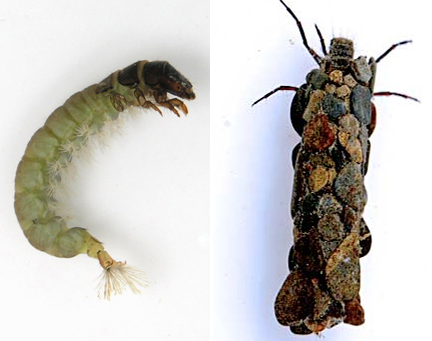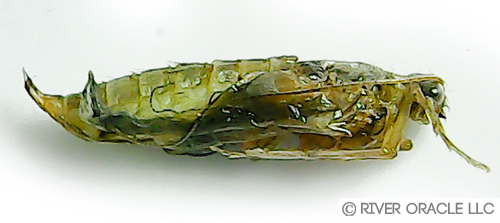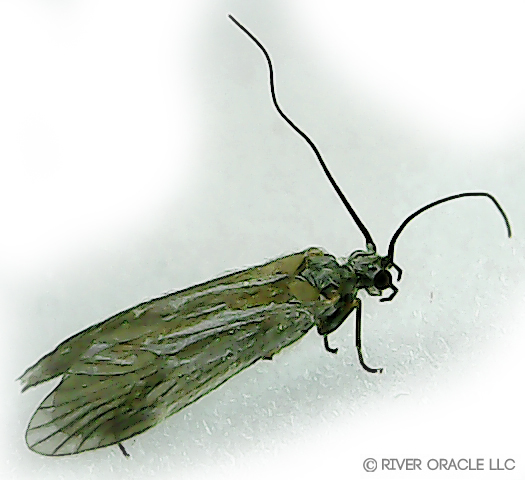A Fly Fisher's Guide to Identifying and Matching Caddisflies: Part I
Posted by Peter Stitcher on 4th May 2015
One of the four main aquatic invertebrate food groups, caddis flies, are both a river and lake trout staple, whose appeal to the feeding trout stretches spring through the fall. With 18 families and 1,261 species of caddis crowding our North American waters, it is essential for the fly angler to be able to identify this family on the water and be able to match it in their fly box in order to maximize their success during the almost continuous progression of caddis hatches throughout much of the year. As you are on the water, turn over rocks to determine "what is on the menu". Here are the key characteristics that will help you identify caddis flies in all of their life stages.
The Caddis Larva
While there are a couple species of caddis that will spend their juvenile life stage without a case, almost all will create a "mobile home" constructed from sand, pine needles, or pieces of leaves. Caddis larva are the first family of aquatic invertebrates to the salad bar, and they specialize in chewing up grass, leaves, and wood - for which they are equipped with large, chewing mandibles. If caddis larva were to be confused with any other aquatic insect, it would be the larger midge and chironomid larva that share their worm-like profile. What is going to clearly define the caddis larva, however, is that they have legs while midge larva do not.
The Caddis Pupa
After closing itself in its case, similar to its terrestrial cousins the moth and butterfly in their coccoons, the caddis will pupate before breaking through the case and beginning its emergence. Sharing the characteristics of both the larva and adult, the pupa's mature wings are trapped beneath its pupal shuck (or skin) while its adult antenna and fully developed legs are free. Most caddis pupa will swim towards the surface, where upon breaking through the surface of the water, they will break free from their pupal shuck and fly to the streamside vegetation.
The Adult Caddisfly
It is from the characteristics of the adult caddisfly that this family derived its name oftricoptera, which in the Greek means "hair wings". The wings of the adult caddisfly - in contrast with those of their terrestrial brethren - are covered with fine hairs. The key characteristic, however, that is going to separate caddisflies from the other aquatic invertebrate families is the position and shape of their wings. At rest, the wings of the adult caddisfly create an "A-frame tent" sitting across the back of the insect.
Armed with this information, you should be able to identify caddis in all life stages while on the water. As you seek to match the hatch, focus on imitating the size, profile, and color of the naturals being sampled, and join us for A Fly Fisher's Guide to Identifying and Matching Caddisflies: Part II when we take this information into your fly box with 12 go-to Deadly Caddis patterns.





